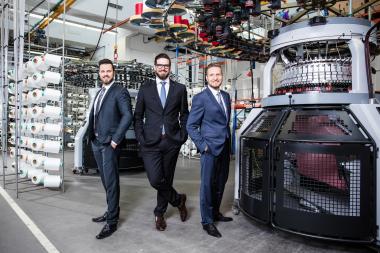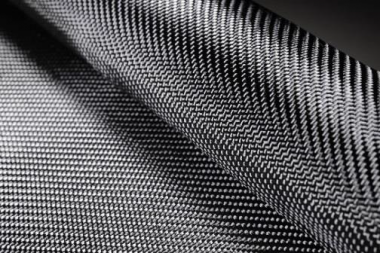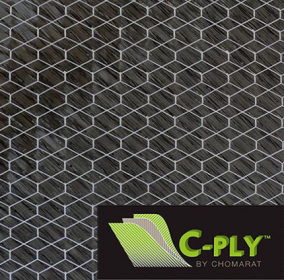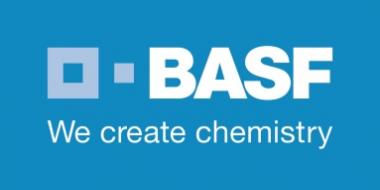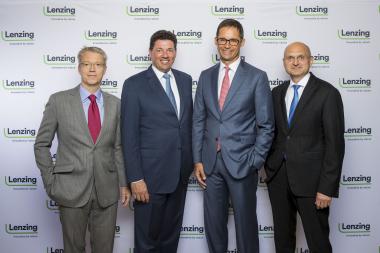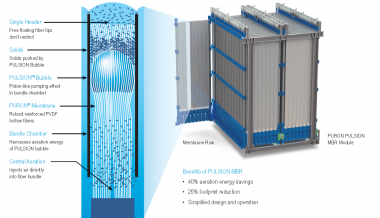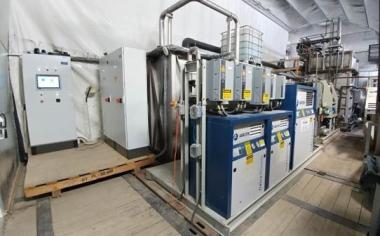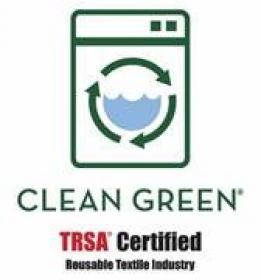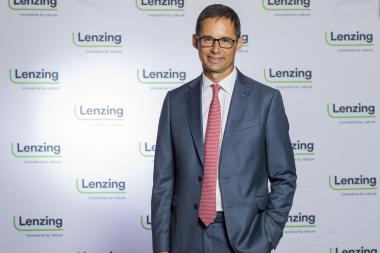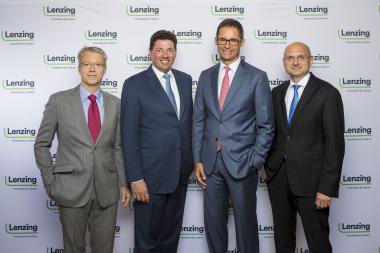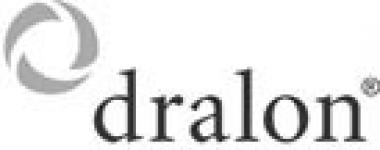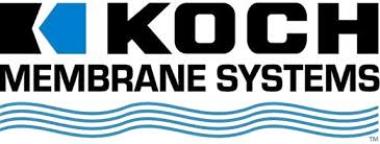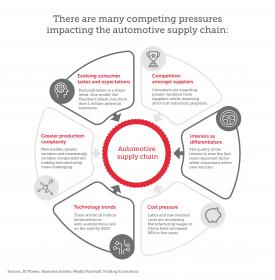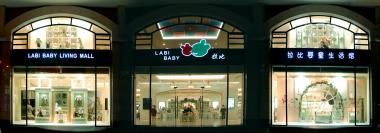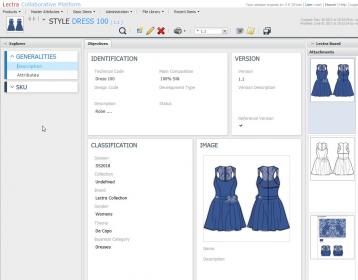Mayer & Cie. at ITMA: Focus on sport and new customer experiences
Albstadt-based circular knitting machine manufacturer Mayer & Cie. (MCT) is exhibiting at this year’s leading textile and garment technology trade fair ITMA with the slogan “Stay a winner. With Mayer & Cie.” The focus of the company’s presentation will be on sport. Sportswear, active leisurewear and sports shoes are increasingly made of circular knitted fabrics and the long-established German firm has the right machines to cater for this trend. Mayer & Cie. is also going for the improved customer experiences that consistent digitization makes possible.
For years global demand for circular knitted goods has increased continuously. An important growth driver is the sportswear and sports fashion sector, including sports shoes. According to Euromonitor the market segment grew by about seven per cent per year between 2013 and 2017. By 2017 Euromonitor estimated its total market value to be around USD 78 billion. Lightweight synthetic fibres, new patterns and attractive functionalities are the key requirements in this area.
Mayer & Cie. can already fulfil many requirements with a portfolio of machines considered to be the largest in the industry. Lightweight mesh structures, often requested for running shirts, are a speciality of the IG 3.2 QCe interlock machine, for example. Jacquard machines from the OVJA family, in contrast, are suitable for the manufacture of shoe uppers. Compared with the conventional methods flat knitting and warp knitting, circular knitting scores points for productivity and significantly shorter set-up times.
Series production of the Spinit 3.0 E spinning and knitting machine has been under way since the end of 2018. It combines two previously separate processes – spinning and knitting – in one machine. That saves time, space and energy compared with conventional manufacturing processes. Mayer & Cie. has already won several awards for this approach, the latest being the Innovation Prize for the Climate and the Environment (IKU) that the Federal Environment Ministry and the Confederation of German Industry (BDI) award every other year. The company is presenting at ITMA its further developments of this machine.
Along with machine development Mayer & Cie. has set itself another target for ITMA and thereafter: to improve the customer experience, a task of which Sebastian Mayer is in charge. His responsibilities at Mayer & Cie. are for corporate development and digitization. Digitization of the company’s extensive customer and machinery know-how is currently under way. Customers will be able to see and test the initial results at ITMA. Available for testing will be the new Web shop, linked with an analogue model of the high-bay warehouse in Albstadt-Tailfingen, and machine maintenance by means of HoloLens.
Mayer & Cie
Mayer & Cie. GmbH & Co. KG


